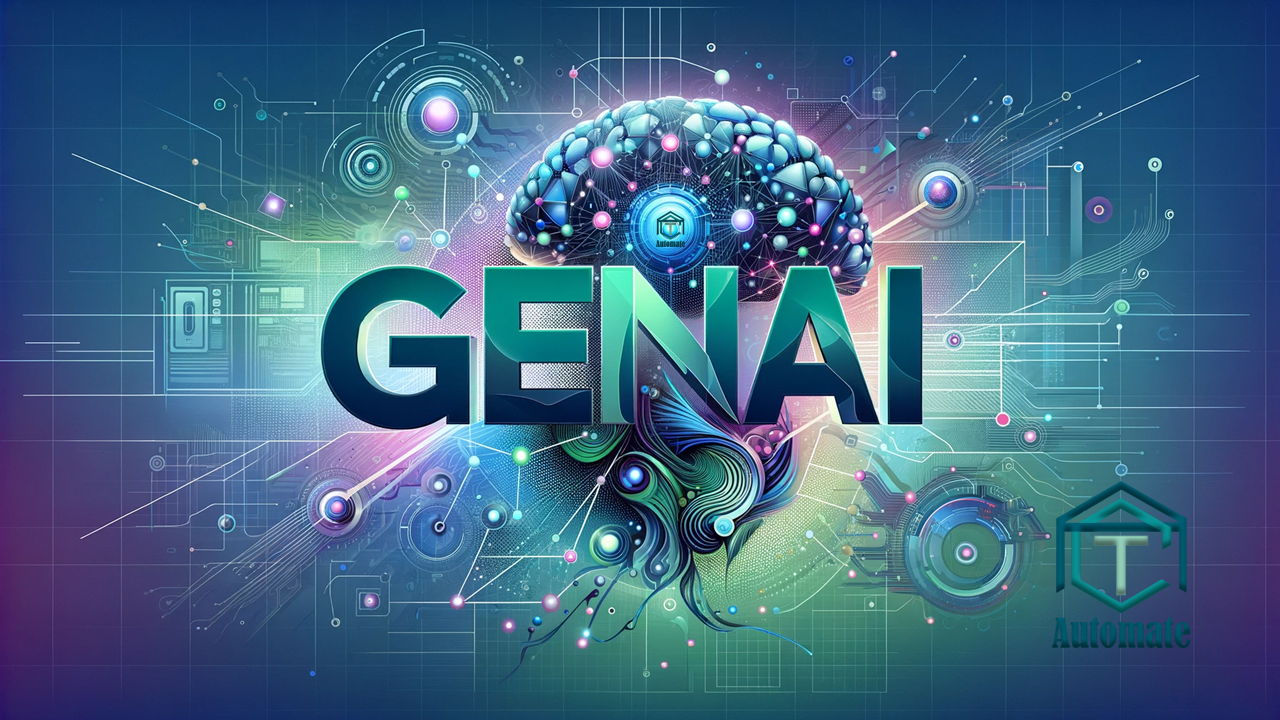In a world where AI is becoming more integral to everything we do, OpenAI just introduced a new tool that’s making waves: Operator. If you’re wondering what this is all about and how it could change the way we interact with artificial intelligence, you’re in the right place.
What is Operator?
At its core, Operator is an AI tool designed to bridge the gap between human users and advanced AI models. While OpenAI’s GPT models have already revolutionized industries from customer service to content creation, Operator takes things a step further by enabling seamless, automated interactions without the need for complex technical setups. It’s essentially a way to make AI more accessible and versatile for everyday use.
Think of Operator as an assistant that doesn’t just understand commands—it can act on them, carry out tasks across different applications, and respond to queries with a level of customization that feels human. It brings a lot of flexibility to the table, from automating repetitive workflows to helping with decision-making in real-time.
Why is it Important?
One of the most exciting aspects of Operator is its potential to save time and increase efficiency across industries. Whether you’re in finance, healthcare, education, or entertainment, there’s a good chance that your team could benefit from automation and AI integration. The more AI can take over repetitive tasks or assist in problem-solving, the more human creativity and strategic thinking can be focused on what really matters.
Operator is designed to work alongside humans, enhancing productivity rather than replacing the human touch. It’s a tool that’s as adaptable as the people using it.
How Does Operator Work?
At its heart, Operator is powered by OpenAI’s GPT-4, a model known for its natural language processing capabilities. What sets Operator apart is its ability to interact with a range of external systems—whether it’s managing data, running scripts, or integrating with business tools. It can take input in plain language (think: “Can you schedule a meeting with John next Tuesday at 10 AM?”) and carry out the action without needing a developer’s intervention.
This functionality is crucial because it removes the need for complex coding or technical know-how. It’s simple, intuitive, and effective.
Real-World Applications
1. Business Operations: Imagine a busy project manager who needs to stay on top of a hundred tasks, meetings, and emails. With Operator, they can automate scheduling, follow-up reminders, and even pull reports on team performance—all through natural conversations with AI. The result? More time to focus on high-value tasks.
2. Customer Support: Companies can use Operator to integrate AI into their customer service operations, automating responses to common queries or troubleshooting issues in real-time. Customers get faster solutions, and support teams can handle more complex cases.
3. Content Creation: Writers, marketers, and content creators can use Operator to streamline brainstorming, content drafting, or even managing publishing schedules. By giving it natural language instructions, content pipelines can become more efficient and less reliant on manual coordination.
The Future of AI-Human Collaboration
The launch of Operator signals an exciting future where AI is not just a tool for data crunching but an active collaborator. It’s a new era where technology can seamlessly integrate into our daily workflows, making complex tasks simpler and allowing us to focus on what truly matters: creativity, critical thinking, and innovation.
As businesses and individuals begin to adopt AI-driven solutions like Operator, it will be fascinating to see how industries evolve. The tool isn’t just a tech upgrade; it’s a mindset shift, encouraging us to rethink how we use artificial intelligence in our day-to-day lives.
Conclusion: A Step Toward Smarter Workflows
OpenAI’s Operator is a powerful step forward in making artificial intelligence more practical, intuitive, and accessible. It’s a glimpse into a future where AI isn’t just about automation, but about collaboration. By making it easier for everyone to use AI to their advantage, Operator is helping redefine how we approach work, creativity, and problem-solving.
As we continue to integrate AI into our lives, tools like Operator will undoubtedly play a crucial role in shaping a more efficient, intelligent future. Whether you’re a business leader or an individual looking for smarter ways to get things done, this is one AI innovation you won’t want to miss.

